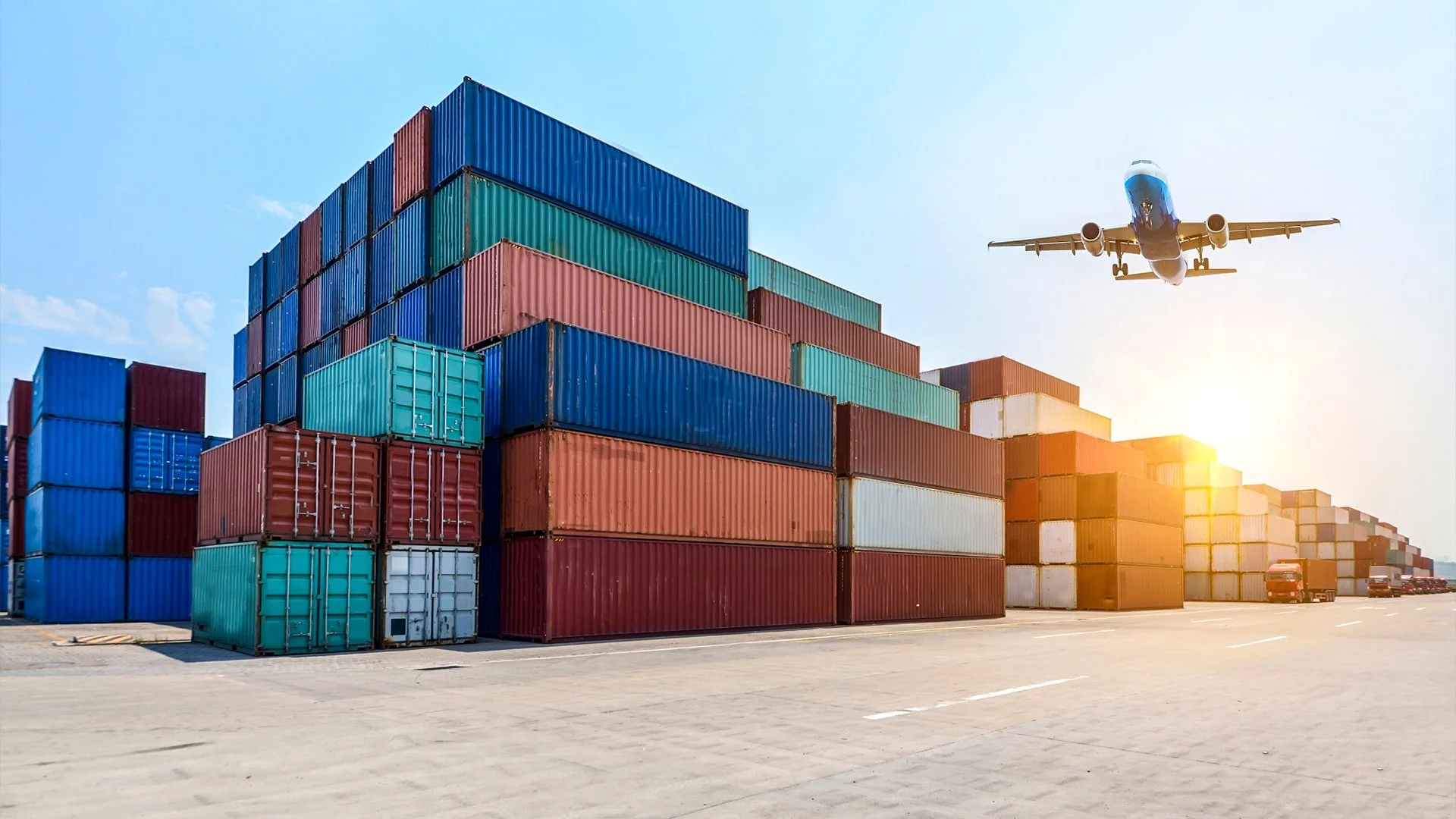4Global Trade Disrupted: Early Impacts of U.S. Tariffs
The global trading system is once again in flux as the United States’ dramatic tariff hikes in 2025 begin to ripple through the world economy. The sweeping increase — with the U.S. effective tariff rate jumping from under 5% in 2024 to around 17% this year — has injected volatility into trade flows, distorted data, and forced economies to adjust to a new phase of protectionism.
Despite the noise in the numbers, early evidence suggests that underlying U.S. import growth has slowed. The United States has seen a modest narrowing of its trade deficit with key partners like Europe, China, Canada, and Mexico, in line with President Trump’s campaign pledge to reduce dependence on foreign goods. Yet the overall U.S. trade deficit remains largely unchanged, as the shortfalls with other regions — notably Asia and parts of Europe — have widened.

A New Phase of Broad-Based Tariffs
Unlike the tariff battles of 2018, which primarily targeted China, the 2025 tariff wave has been far more expansive. Virtually all major trading partners have been affected, including allies in Europe and North America. U.S. businesses, anticipating higher costs, rushed to import goods early in the year to get ahead of the tariff deadlines. This led to a temporary surge in import volumes in early 2025, followed by a sharp deceleration as tariffs took effect through the second quarter.
The early pattern is clear: while tariffs may reduce imports from targeted nations, they also tend to push U.S. companies to source from other countries not yet subject to the same restrictions. This displacement effect has shifted the regional composition of trade rather than reducing overall import dependency.
The Changing Geography of Trade
Data through mid-2025 shows that U.S. trade deficits with China, the European Union, and Canada have slightly narrowed — a partial policy win for the Trump administration. However, deficits with “other” countries have grown substantially. The biggest contributors in this group are Switzerland and Taiwan — though for very different reasons.
Switzerland’s sudden jump reflects a surge in gold imports during July 2025, as investors sought safety amid global uncertainty. Meanwhile, Taiwan’s increased exports to the U.S. primarily consist of manufactured goods, machinery, and electronics — sectors previously dominated by Chinese suppliers. Together, these trends illustrate the two faces of the tariff shock: a flight to safety in commodities and a strategic realignment in manufacturing supply chains.
China’s Swift Diversification
China’s trade data tells an equally revealing story. Even as exports to the U.S. have fallen sharply, China’s overall export growth has accelerated in 2025 — driven by rising shipments to the European Union, Africa, ASEAN, and other Asian economies. The share of Chinese exports going to the U.S. has dropped noticeably, while Africa and Southeast Asia have gained prominence as new destinations for Chinese goods.
However, the question remains whether this diversification represents a true long-term realignment or merely a temporary rerouting. Charts tracking trade flows show that many of the countries now receiving more Chinese exports — such as Vietnam, Malaysia, and the Philippines — have simultaneously increased their own exports to the U.S. in the same product categories. This raises the possibility of trans-shipping, where Chinese goods are re-exported through third countries to avoid tariffs.
Lessons from 2018
If the 2018 U.S.–China tariff escalation taught global economists anything, it’s that the full impact of trade policy changes takes time to materialize. In that episode, U.S. import growth from China didn’t meaningfully decline until a year after tariffs began. But in 2025, the reaction has been both larger and faster, reflecting the scale and reach of the new measures.
U.S. imports from China — and indeed from many of its top trading partners — entered a downward trend almost immediately after the pre-tariff surge earlier this year. The shift is already visible in both customs and manufacturing data, signaling that global supply chains are adjusting in real time rather than over years.
What Comes Next
The next 12 months will be critical in determining whether the 2025 tariff regime reshapes global trade permanently or triggers only a short-term adjustment. If tariffs remain at their current levels, the likely outcome is a continued reorientation of global trade away from the U.S., as exporters diversify to avoid dependency on an unpredictable market.
However, the sustainability of China’s export diversification — and whether new trade routes represent genuine industrial migration or opportunistic re-routing — remains uncertain. A slowdown in Chinese investment during the third quarter of 2025 could foreshadow weaker production and exports ahead.
For now, global trade remains turbulent, with patterns shifting faster than policymakers can respond. The world’s supply chains are adapting once again — but whether they will settle into a new equilibrium or remain in flux depends on the next moves from Washington and Beijing.
Join our free Forex workshop to learn how global trade shifts and tariff policies affect currency volatility, market sentiment, and cross-border capital flows — and how traders can turn policy shocks into profit opportunities.

